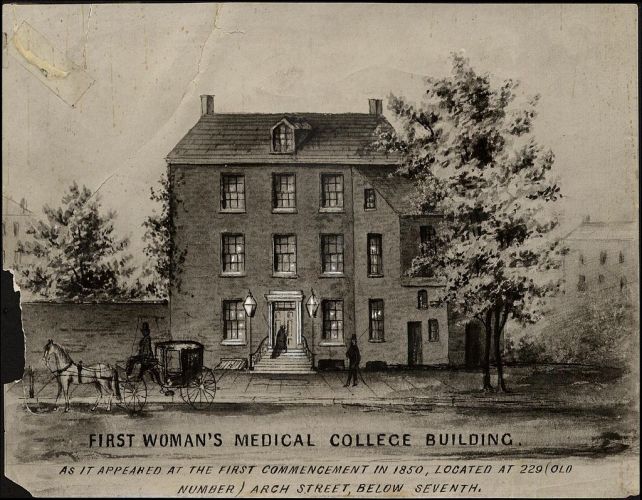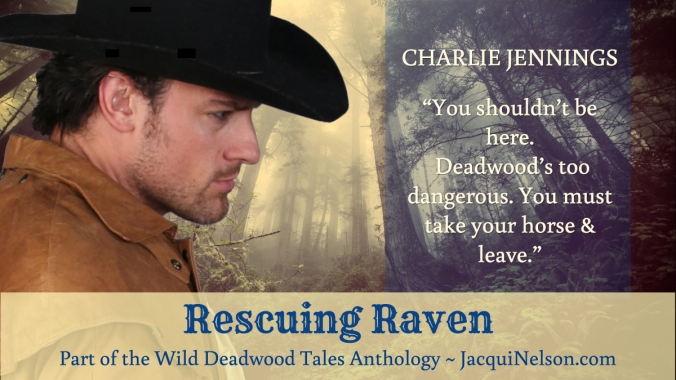I’m a reader who loves larger-than-life characters and vivid settings in stories that play like movies in my head. In those imaginary picture shows, a rousing time period can play a huge role. It sharpens the image and adds emotion.
As a writer of historical romance adventures, I’m always searching for ways to create a story with that kind of depth.
The grandeur of the railroad (its majestic steam engines and frontier stations that transformed into booming towns) was a time of romance and splendor.

Bright skies & full steam ahead…
But with every enterprise (especially one as large as building and maintaining thousands of miles of track) came challenges, complications and unforeseen tragedies. This setting is ripe for storytellers. Want conflict – aka the writer’s best friend?
The railroad has it all.
Unscrupulous promoters, money-hungry investors, competing rail lines, saboteurs for hire, train robbers, displaced natives and farmers, exploited laborers, Mother Nature…the list is endless.
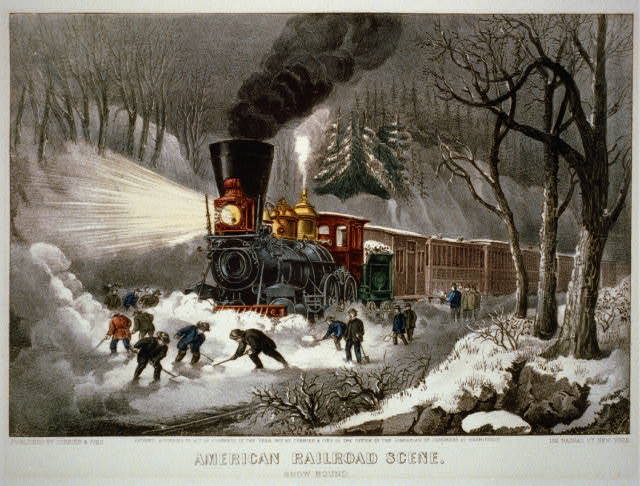
Gloomy nights & slow going…
With so many options, a writer can become overwhelmed. Hopefully somewhere in that mass of humanity brimming with conflict are characters that stand out from the crowd—people who will drive my story.

Who’s going to lead this adventure?
If you’re lucky like me, two people might step forward.
One might say, “I’m your leading man. My past is far from perfect, but I’m striving to make a better future for those around me.”
And the other might reply, “I’m your leading lady who’s going to make his life difficult.”
ADELLA’S ENEMY: a Steam! Romance & Rails story
 The War Between the States ended five years ago, but she still pursues her enemy…
The War Between the States ended five years ago, but she still pursues her enemy…
Rebel spy turned government rabble-rouser Adella Willows receives her mission straight from a Washington senator—play havoc with the Katy Railroad and derail its bid to win the race. The senator craves wealth. Adella craves revenge against the man responsible for her brother’s death. But her plans crumble into chaos when she enters a battle of wits with the railroad’s foreman.
An ocean separates him from his failures in Ireland, but he’s still haunted by those who died…
Seasoned railroad foreman Cormac McGrady’s sole desire is keeping his workmen safe and employed, which means keeping the Katy ahead of its rivals. But the beautiful spy bedeviling his railroad needs protecting as well. Cormac must choose between winning the race and winning Adella’s heart, while Adella must choose whether she lives for revenge or dies for love.
Can the pursuit of an old enemy lead to a new love?
ADELLA’S ENEMY: Excerpt
“It’s one of the Joy Men.” The declaration came from the workmen’s leader—a giant of an Irishman—hidden somewhere beyond the wall of bodies between her and the train.
A spy for the rival railroad? If James Joy had sent a rabble-rouser from his line, Adella had best learn as much about him as possible. Starting with what he looked like.
She pushed through the workmen. Each man spun with a scowl, ready to berate whoever poked him in the ribs or stepped on his toes. When they saw her, they stumbled back, jaws dropping. She reached the platform’s edge just in time to see the man on the stockcar leap to the engine, run across its back and slid down the cattle guard to the ground.
The big Irishman shoved through his men with a growl. “Why aren’t you chasing after—?” He slammed to a halt in front of her.
He hadn’t touched her, but the sight of him looming over her with a combination of anger and disbelief twisting his mud-streaked face, pushed her back. She teetered on the edge of the train platform, the weight of her valise throwing her further off balance. Many hands reached for her, including the giant’s.
She refused to let go of her valise and accept them.
She fell with a shriek. Her rear end hit the mud with a bruising wallop. She gritted her teeth to stop any additional embarrassing outbursts then, valise still in hand, staggered to her feet. And promptly sank ankle deep in the muck.
A colossal groan rent the air. She jerked round to face the train, as did the workmen on the platform above her. The terrible sound came again, making the stockcar shudder with its force. A crack like gunfire echoed. Chains burst. Iron screeched against iron. And the mountain of rails toppled toward her. Trapped as she was in the muck below, she’d soon be crushed in a muddy grave. Fear devoured all further thought.
A broad hand clamped around her arm and yanked. Her feet popped from the mud, and she sailed through the air before landing on the platform. The hand released her. Shock rendered her legs useless, crumpling her like a rag doll on the boards beside her valise.
With the force of Thor’s hammer, the first rail struck the earth. A shower of mud pelted the platform on either side of her. The clanging that followed left her ears ringing.
“Did I hurt you?” the giant’s now familiar brogue whispered, so close it raised gooseflesh.
Lifting her head, she stared into eyes as silver as newly minted dollars, the only difference in a face as muddy as the rest. The man’s massive frame crouched protectively over her. She was bombarded with memories of her mother’s stories, tales passed down for generations of legendary Celtic warriors. She had never dreamed of encountering one of those mythical men in human form.
Adella’s Enemy is on Amazon US, CA, UK & Aus. Read for free with Kindle Unlimited. Read another excerpt on my website.
Do you have a favorite setting or character from a book or show?
I’d love to hear what stories captivate you.
Who knows, the railroad might be one of them 🙂
Jacqui
🎈DON’T MISS OUT 🎈You can easily unfollow any time & for any reason.
Have you downloaded my FREE eBook?
🎀 Visit my website www.JacquiNelson.com and get your free e-copy today. Both MOBI (for Kindle) and ePUB (for other e-readers) files are available.
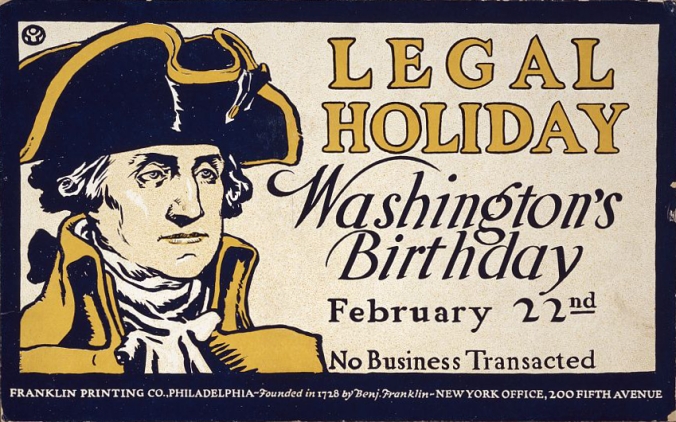
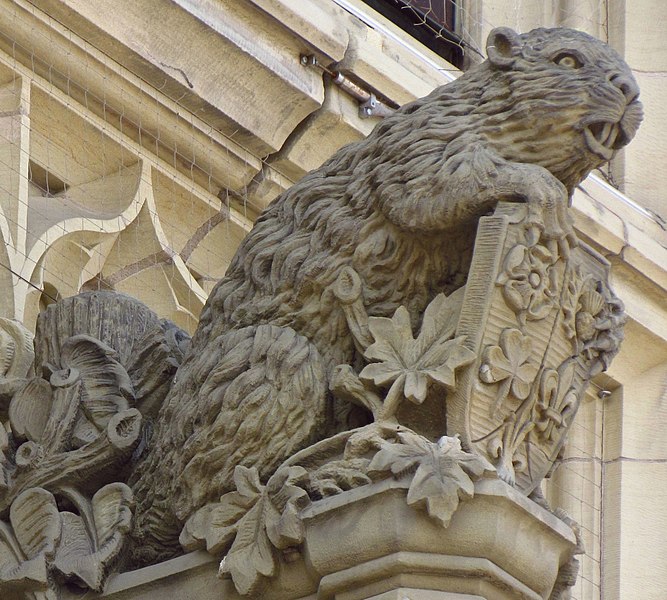




 The War Between the States ended five years ago, but she still pursues her enemy…
The War Between the States ended five years ago, but she still pursues her enemy…

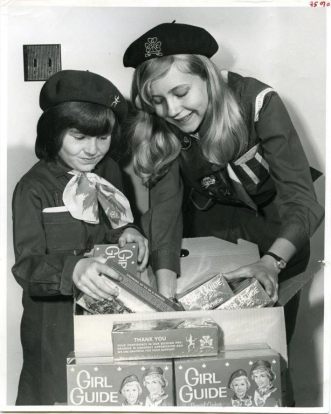

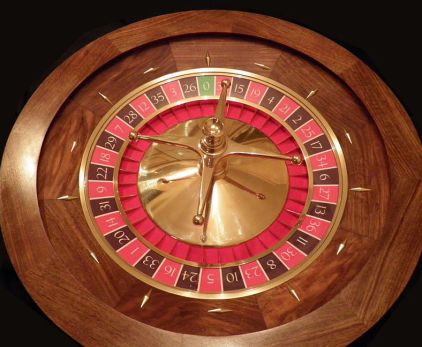 Last week, I pondered the popularity of
Last week, I pondered the popularity of 

 While researching Wild West gamblers, the
While researching Wild West gamblers, the 
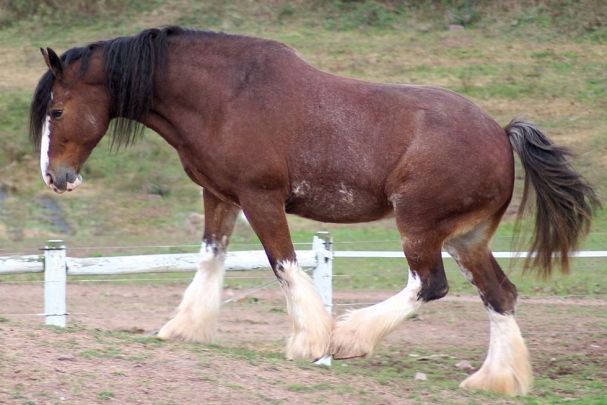
 On April 7, 1933, the Budweiser Clydesdales were first introduced to the public during a repeal of Prohibition celebration.
On April 7, 1933, the Budweiser Clydesdales were first introduced to the public during a repeal of Prohibition celebration.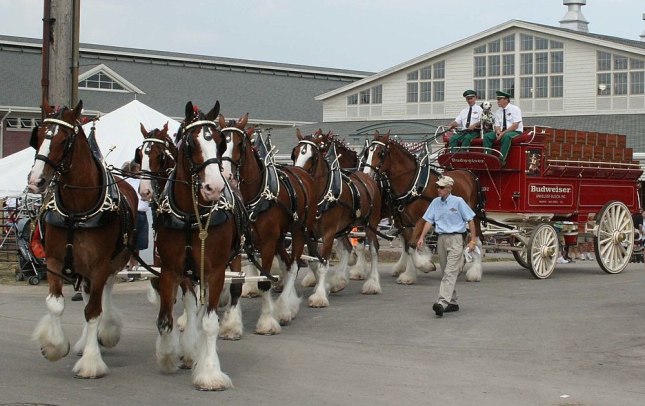
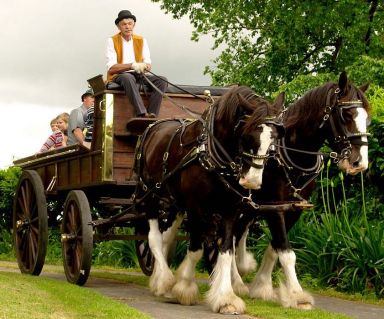 Was it pulled by a single horse or a team of 2 or even 8? Would you take the reins if they were offered to you? My family had horses on the farm where I grew up, but they were always riding horses.
Was it pulled by a single horse or a team of 2 or even 8? Would you take the reins if they were offered to you? My family had horses on the farm where I grew up, but they were always riding horses.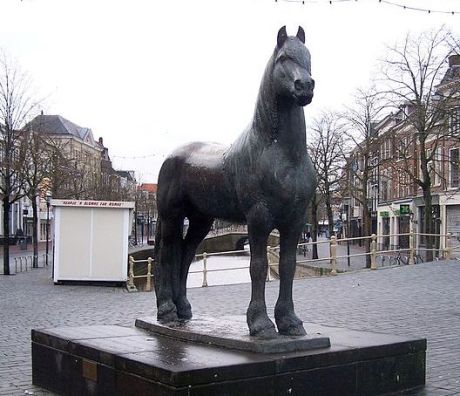 The FRIESIAN is a horse breed originating in the Netherlands’ Friesland province. They resemble a light draft/draught horse but are graceful and nimble for their size. They may have been used as foundation stock for such breeds as Norway’s Dole Gudbrandsdal, America’s Morgan, and Britain’ s Shire draft horse, Fell pony, and Norfolk Trotter (ancestor of the Hackney).
The FRIESIAN is a horse breed originating in the Netherlands’ Friesland province. They resemble a light draft/draught horse but are graceful and nimble for their size. They may have been used as foundation stock for such breeds as Norway’s Dole Gudbrandsdal, America’s Morgan, and Britain’ s Shire draft horse, Fell pony, and Norfolk Trotter (ancestor of the Hackney). The initial recovery of the breed was due to the family-owned Circus Strassburger. After fleeing Nazi Germany for the Low Countries, they discovered the show qualities of the Friesian horse and (during and after the Nazi occupation) demonstrated the Friesians’ abilities outside of its local breeding area.
The initial recovery of the breed was due to the family-owned Circus Strassburger. After fleeing Nazi Germany for the Low Countries, they discovered the show qualities of the Friesian horse and (during and after the Nazi occupation) demonstrated the Friesians’ abilities outside of its local breeding area.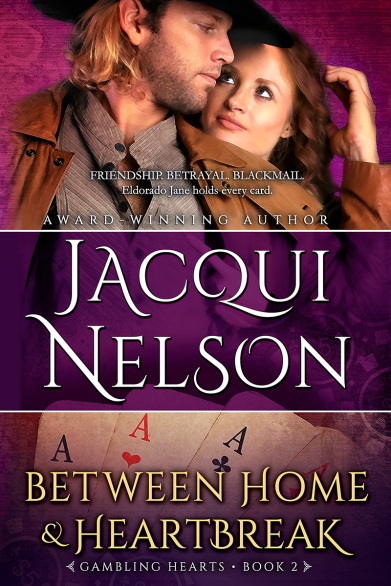
 The Power of Music & Memory
The Power of Music & Memory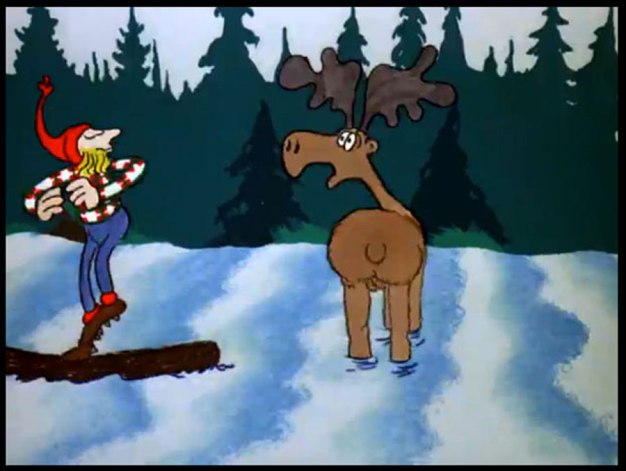
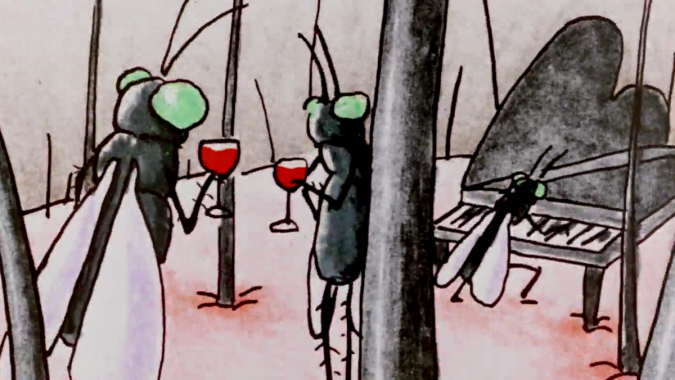




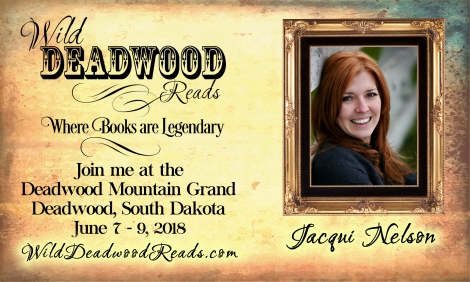
 Flowers are inspiring!
Flowers are inspiring! 



 Sean Maverick is on a charity auction block until a beautiful woman from his past buys him for the night. Em Stone believed in love at first sight even if she had to lasso and knock Sean off his feet.
Sean Maverick is on a charity auction block until a beautiful woman from his past buys him for the night. Em Stone believed in love at first sight even if she had to lasso and knock Sean off his feet. Kendra is fine with being a bridesmaid. She hung up her wedding hopes and dreams eight years ago when her cowboy chose the rodeo over her. But when they cross paths in Deadwood, the timing just might be right for reconciliation.
Kendra is fine with being a bridesmaid. She hung up her wedding hopes and dreams eight years ago when her cowboy chose the rodeo over her. But when they cross paths in Deadwood, the timing just might be right for reconciliation. When a miner tosses his daughter into the pot at a poker game and the winner is a brothel owner, Beau Gentry is determined to keep the young woman out of the man’s hands.
When a miner tosses his daughter into the pot at a poker game and the winner is a brothel owner, Beau Gentry is determined to keep the young woman out of the man’s hands. Orphaned at a young age, both Adam and River yearn to find a living relative from either of their families. After finally deciding to put down roots in Deadwood, a simple DNA test brings a result that is more than they expected.
Orphaned at a young age, both Adam and River yearn to find a living relative from either of their families. After finally deciding to put down roots in Deadwood, a simple DNA test brings a result that is more than they expected.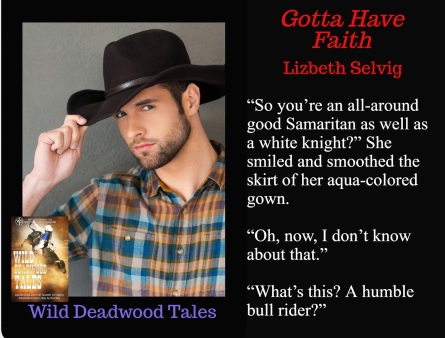 Faith “Bunny” Redmond forms an extreme plan at the Deadwood rodeo to convince a champion bull rider that women can excel at the dangerous sport. If she wins his respect, she might also win his love.
Faith “Bunny” Redmond forms an extreme plan at the Deadwood rodeo to convince a champion bull rider that women can excel at the dangerous sport. If she wins his respect, she might also win his love. Raven wants to save one person. Charlie wants to save the world. Their warring nations thrust them together but duty pulled them apart—until their paths crossed again in Deadwood for a fight for love.
Raven wants to save one person. Charlie wants to save the world. Their warring nations thrust them together but duty pulled them apart—until their paths crossed again in Deadwood for a fight for love.
 Born: April 21, 1841, in Kelso, Scotland. Her family moved to Ontario, Canada when she was six.
Born: April 21, 1841, in Kelso, Scotland. Her family moved to Ontario, Canada when she was six.
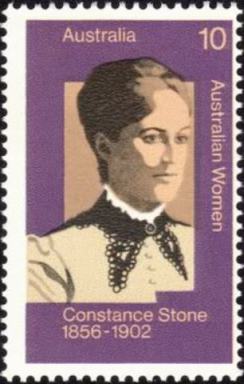 Born: December 4, 1856, in Hobart, Tasmania.
Born: December 4, 1856, in Hobart, Tasmania.
